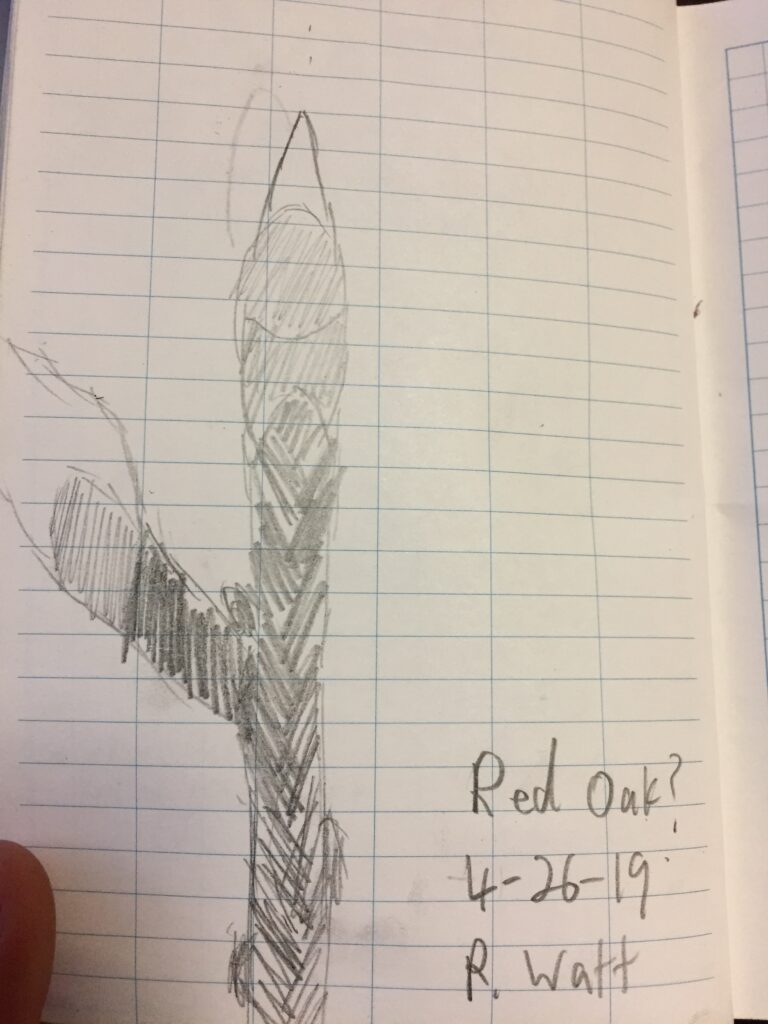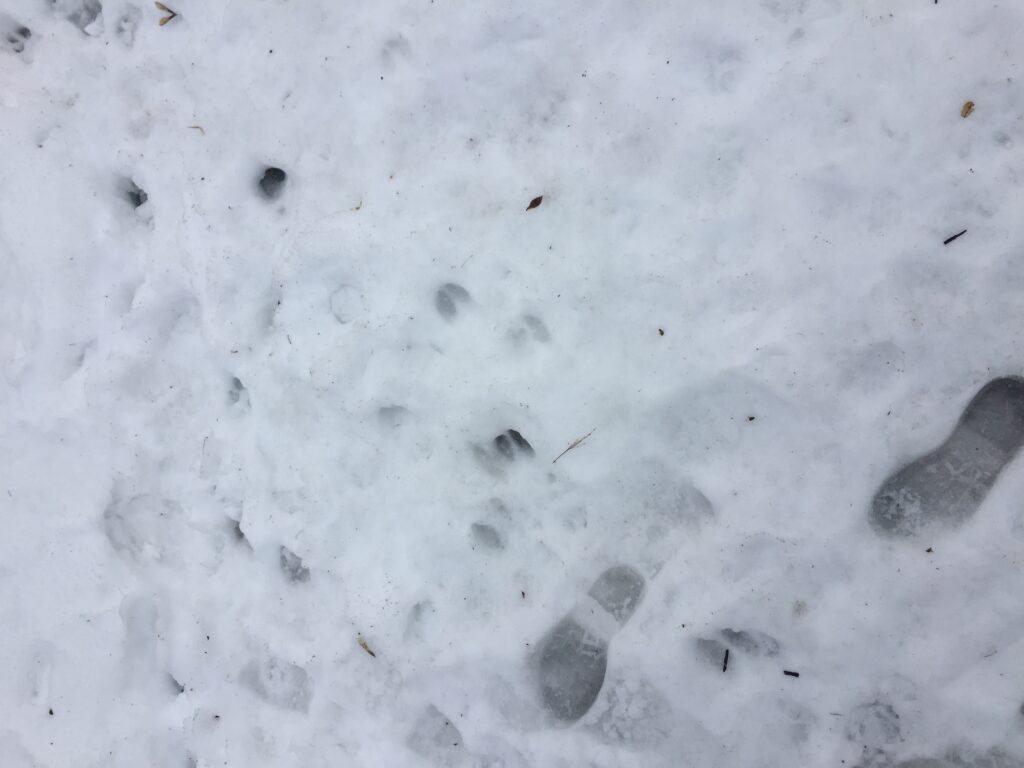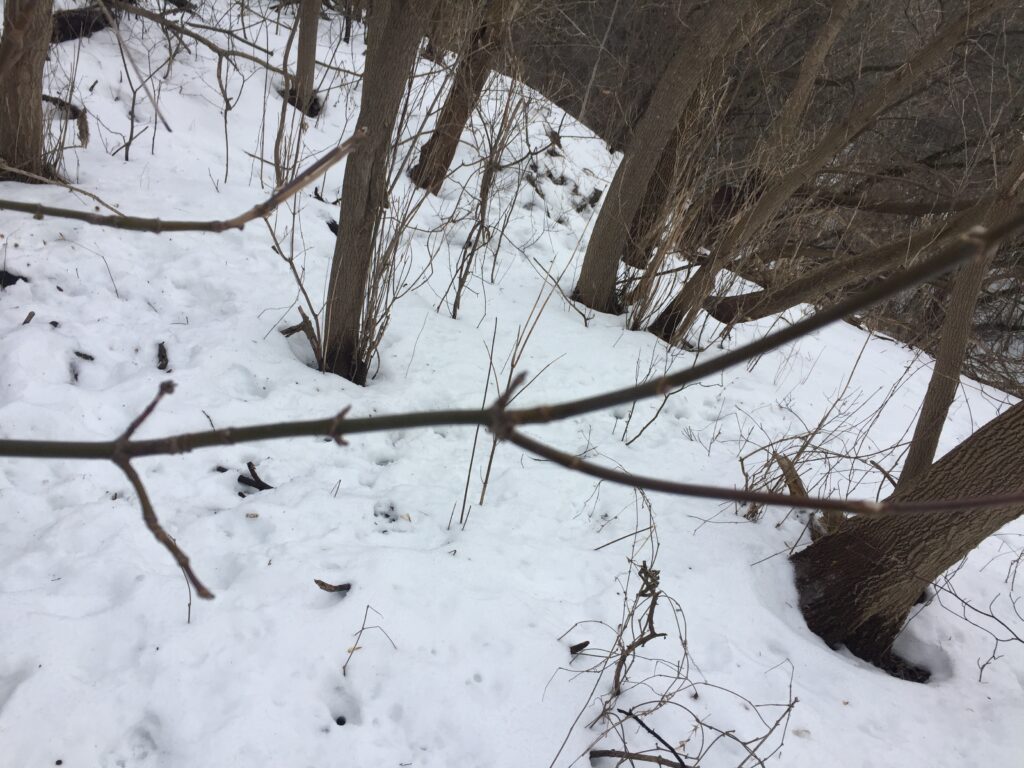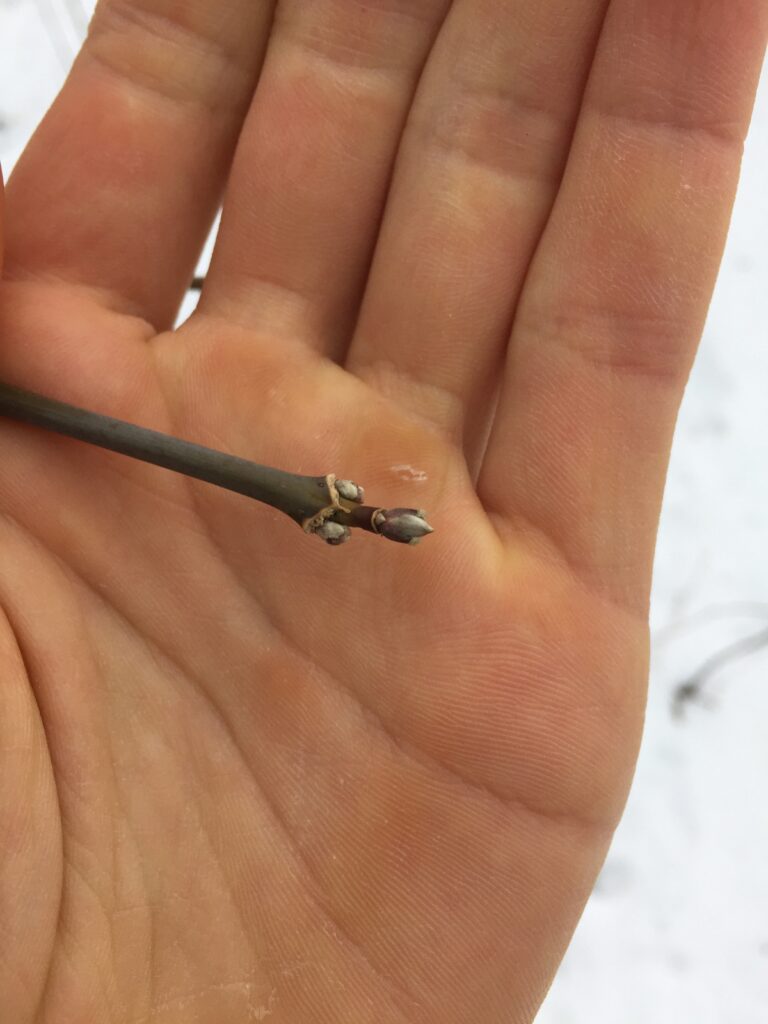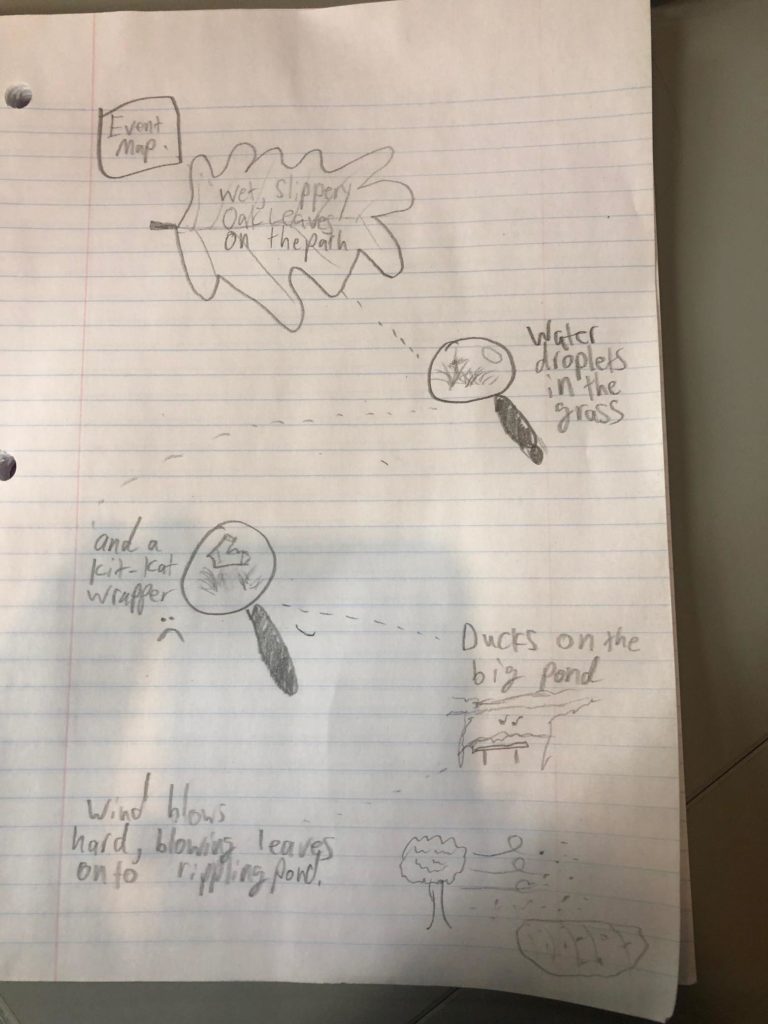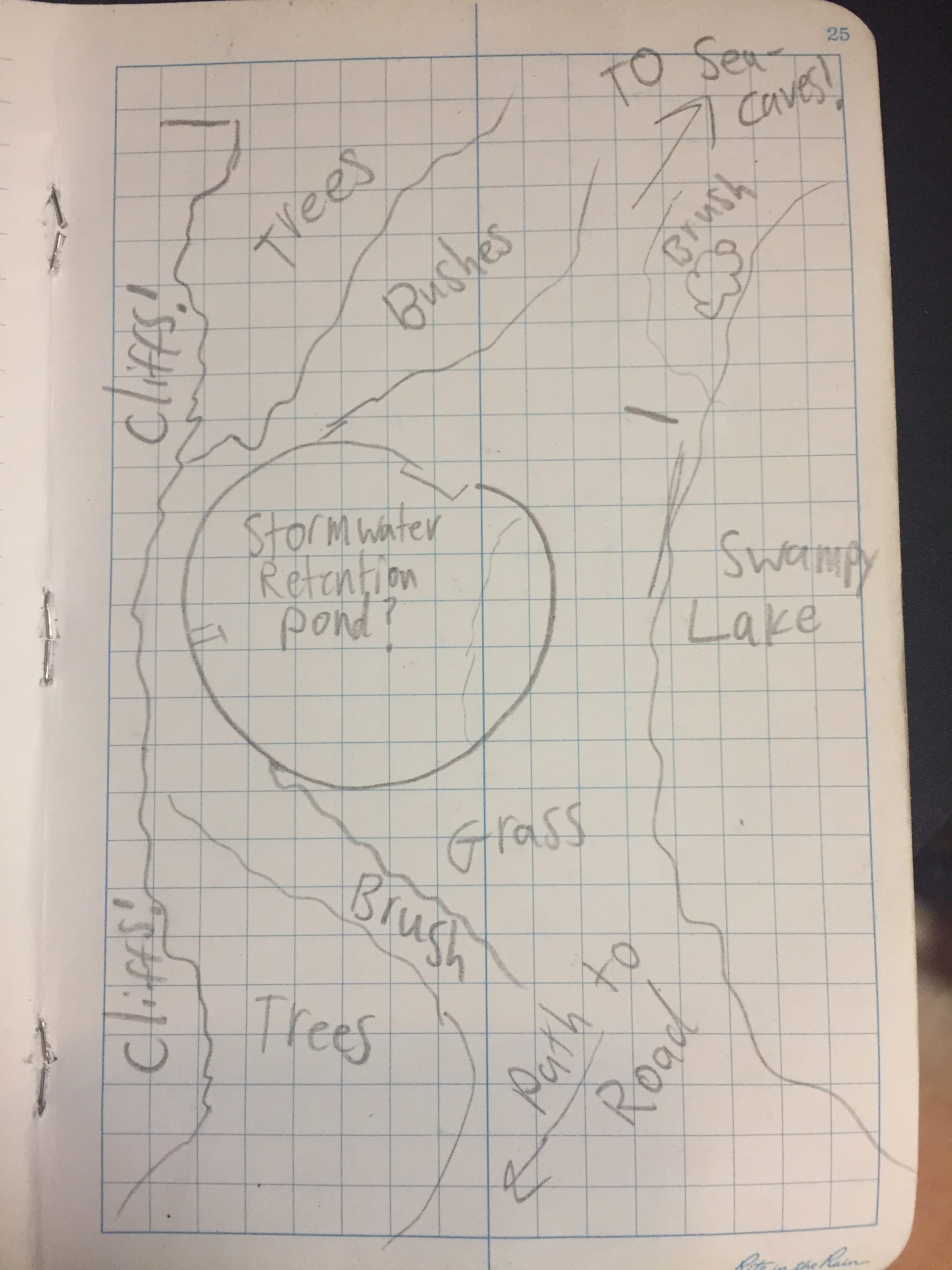I just visited centennial woods and was glad to find the warm weather outside with bright, vibrant greenery and now, some golden dandelions peaking out along the border with the planted grass.
The spot I chose is one of the least natural I could of. It sits on the edge of centennial and faces the struggles of edge effect and lots of human influence. Culturally, I feel that people either value or are indifferent to the natural area that lies withing the woods. Many of its visitors are NR2 students, making it a fun place to observe phenological changes.
Centennial woods is not my home. I don’t feel that I own it, or have any special right to its use. I believe that it is a public space that anyone should be able to wander through and appreciate. However, many components of my identity encourage me to go there. My past experience in the outdoors and my current education in Rubenstein encourage me to head out there more than other students. With that being said, I do feel a sense of shared responsibility for the place. I believe that I am in a position where I should defend the value of the space or bring friends there for a quick visit. It’s a cool resource and worth knowing about and valuing.


